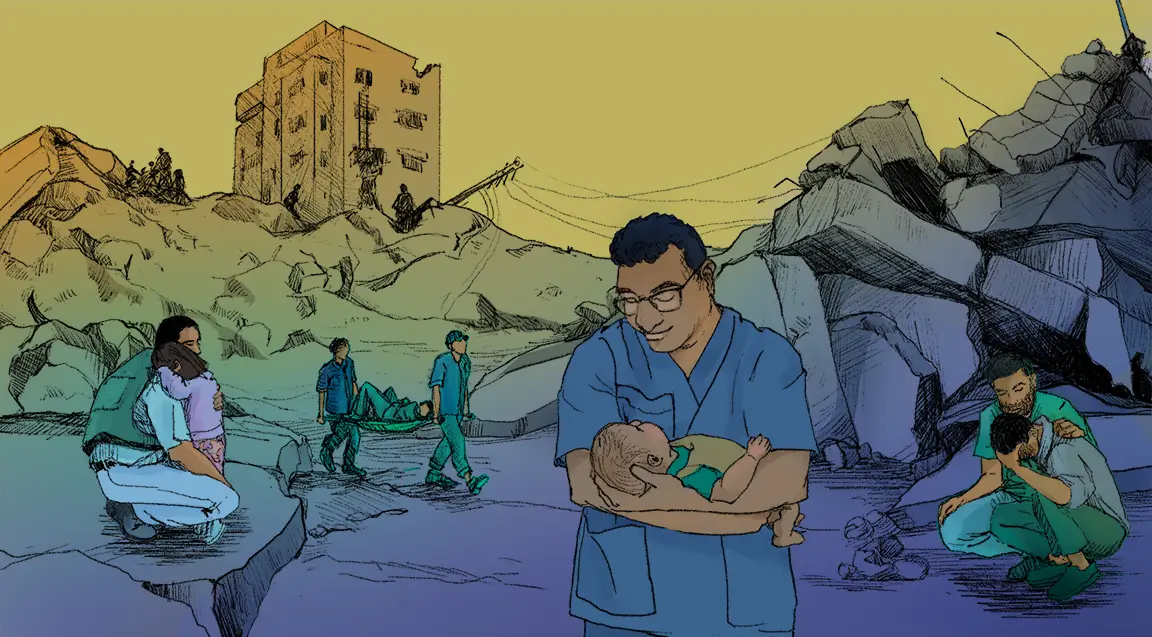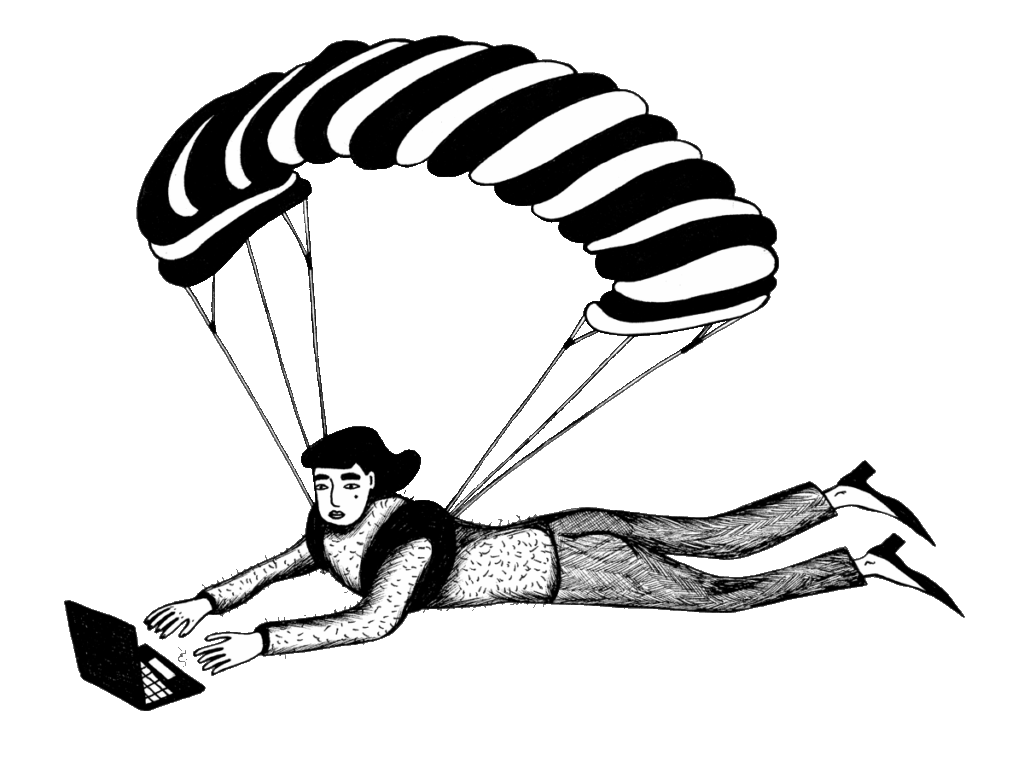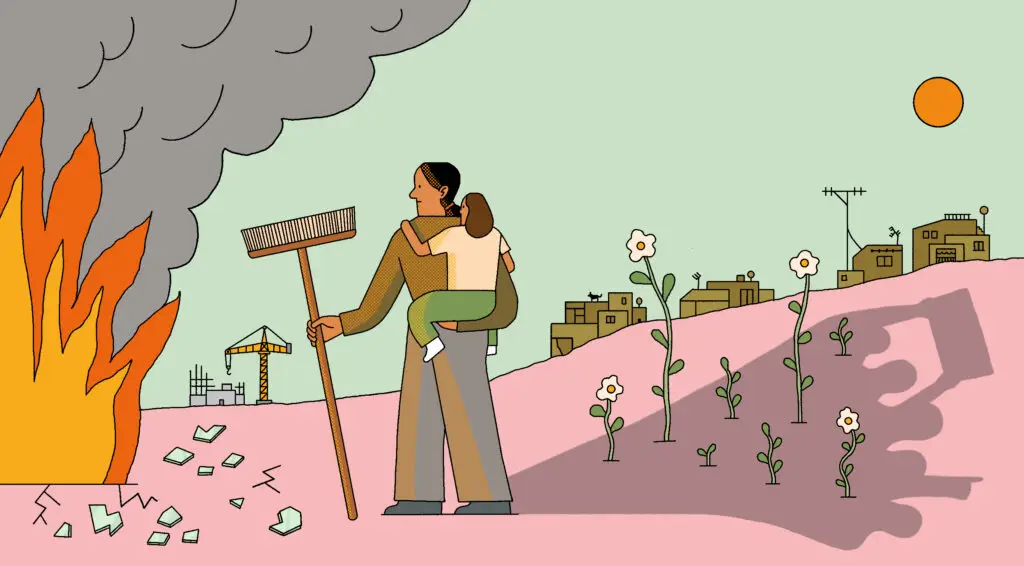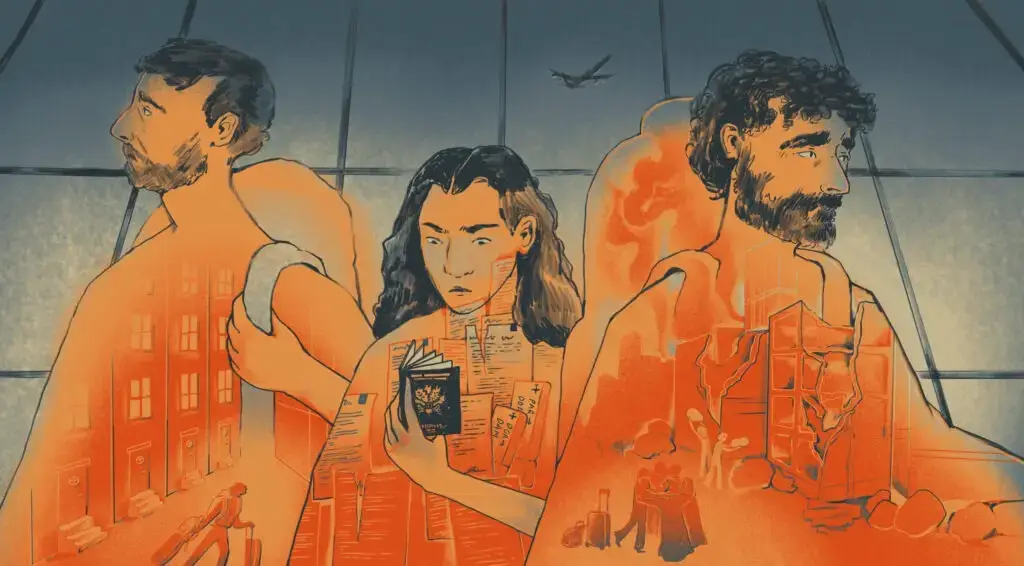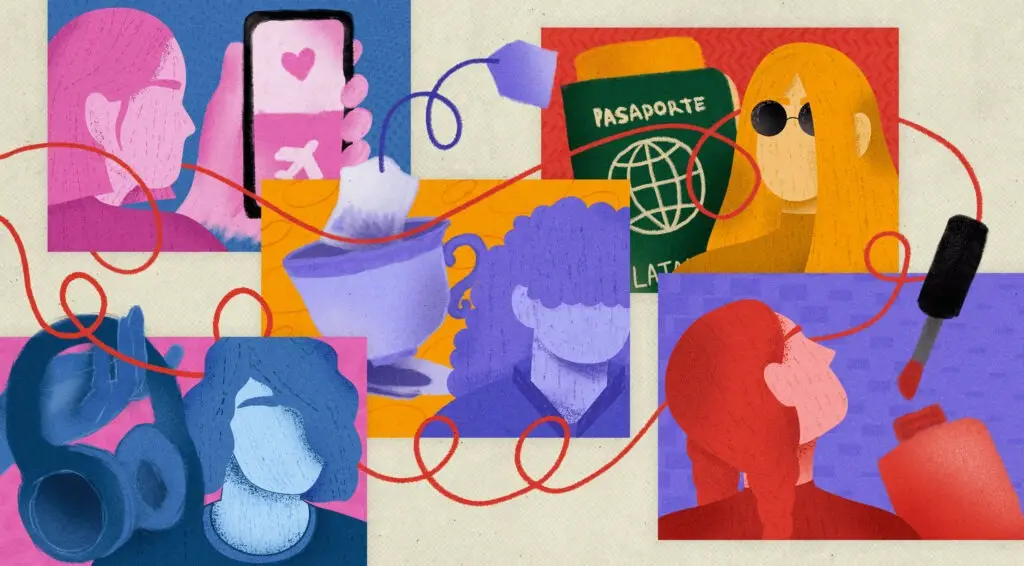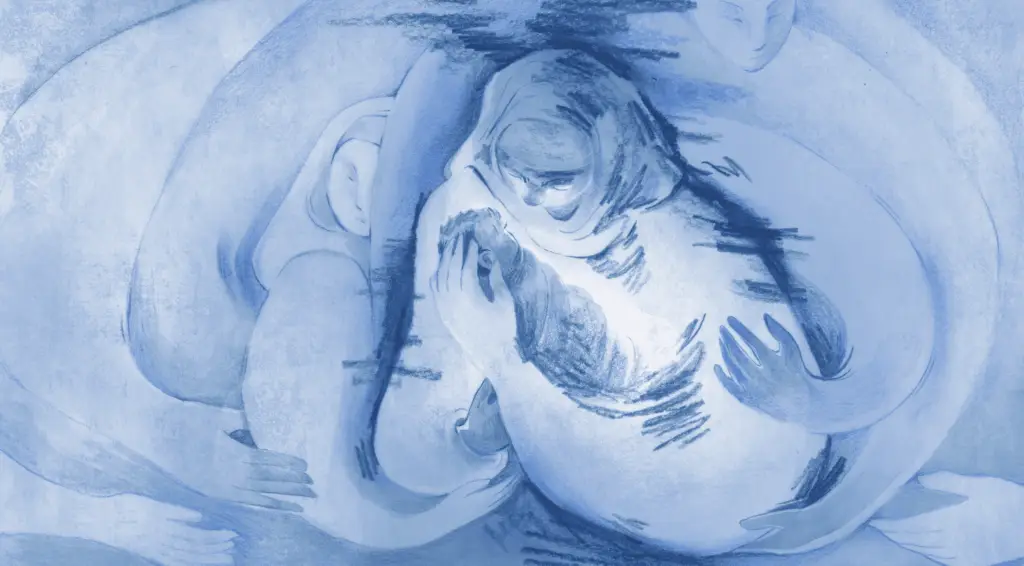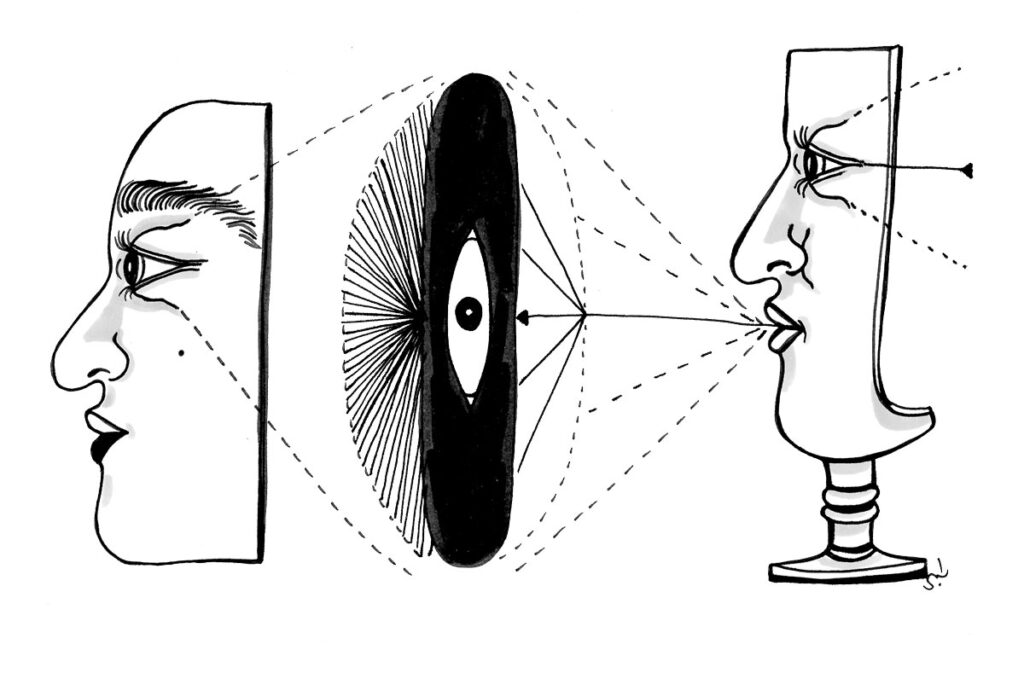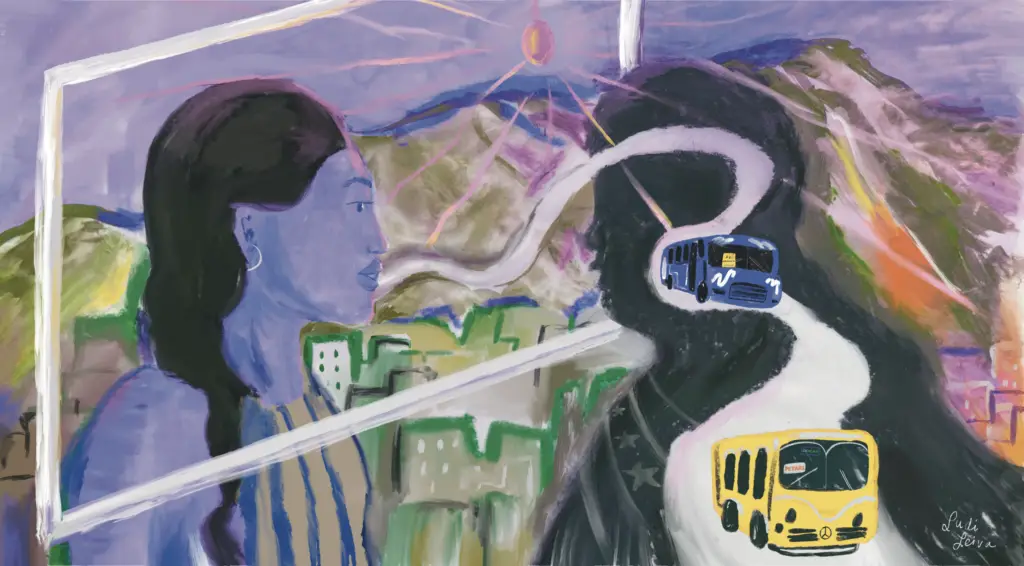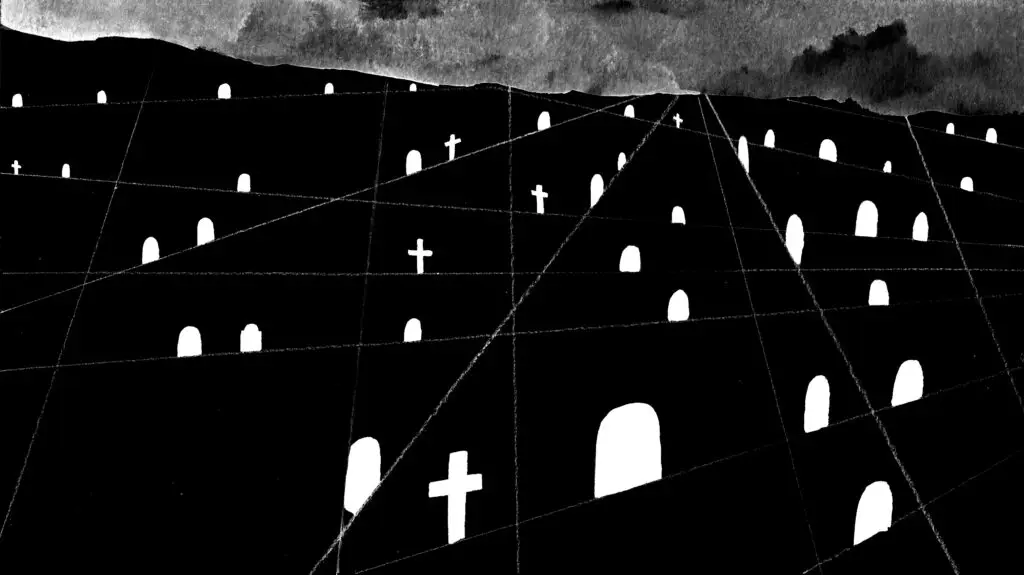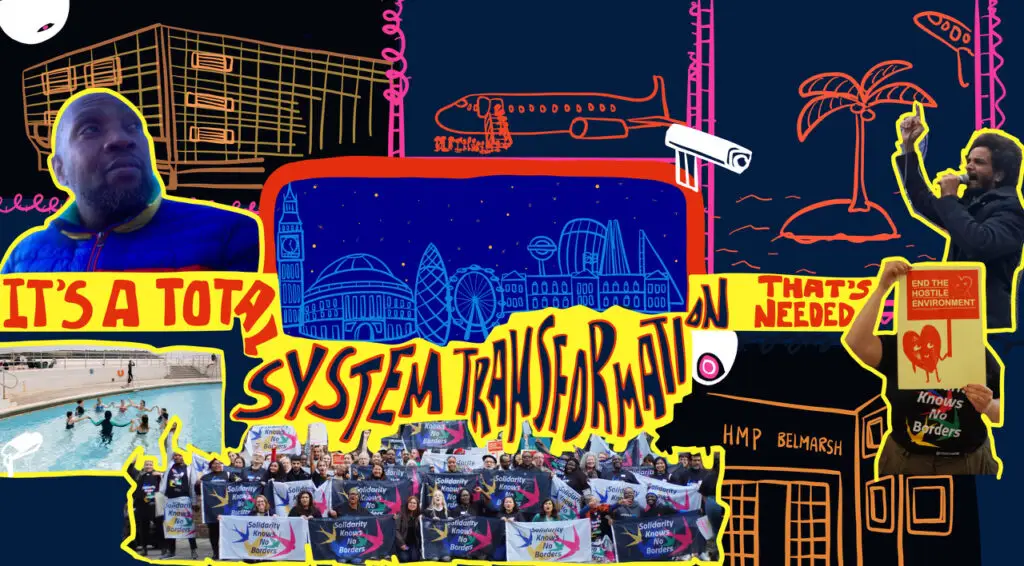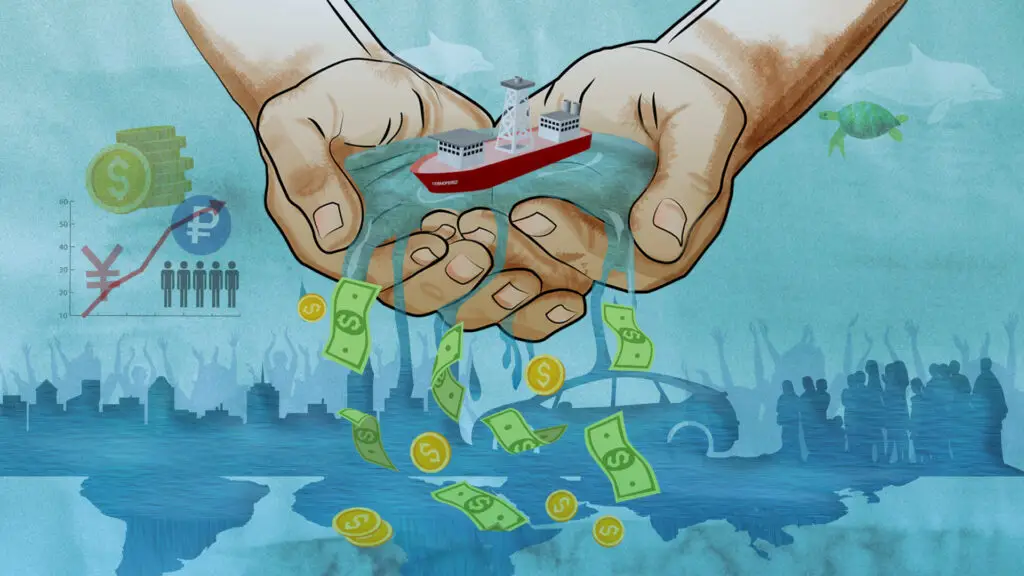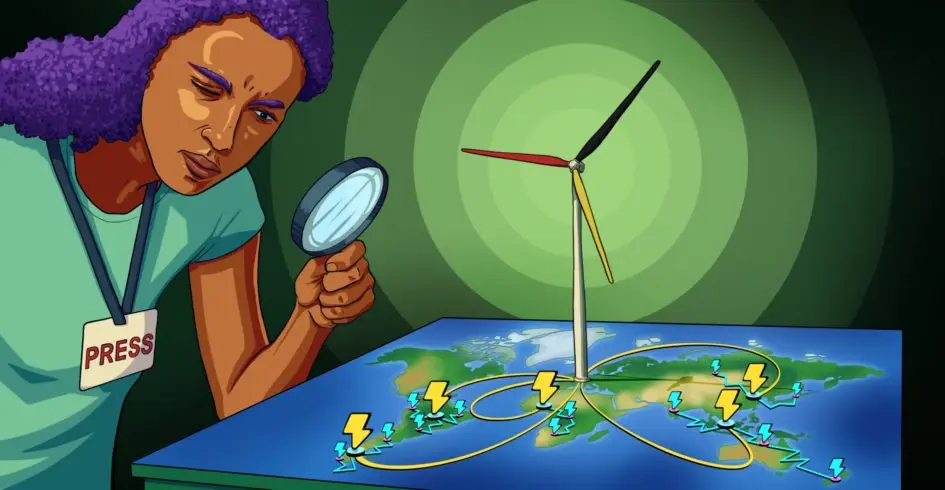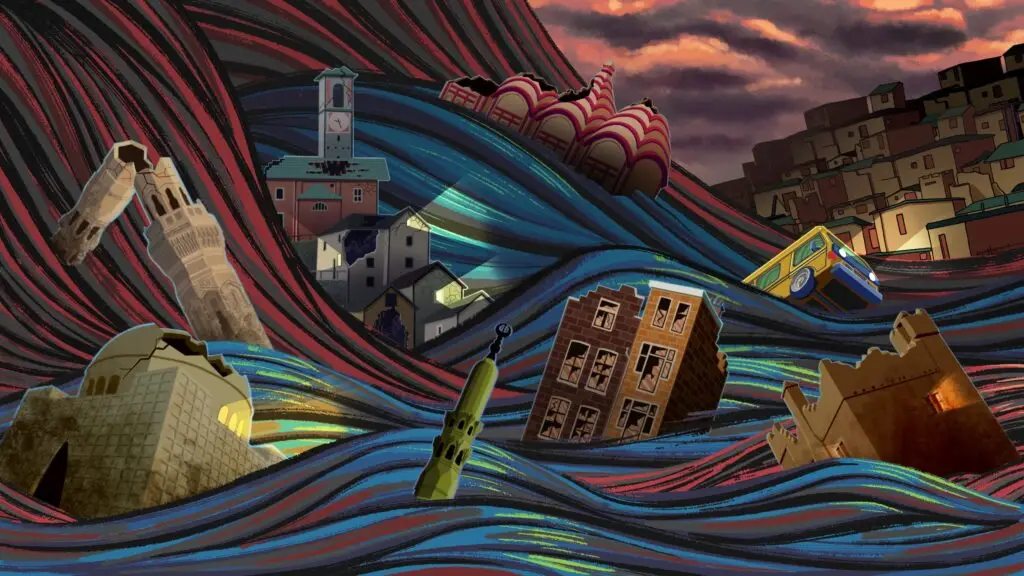The recent hostage deal reached between the government of Israel and Hamas has seen the release of Israeli hostages in Gaza in exchange for the release of Palestinian women and children detained in Israeli prisons. The framing of these deals is telling, especially as it is another example of a focus on Palestinian women and children which – while important to highlight – also seems to erase the humanity and potential innocence of Palestinian men deliberately. While dehumanisation isn’t new, this particular media narrative can – and does – have very harmful real-world impacts. In reality, this anti-men approach to sympathy and aid impacts everyone, regardless of gender.
It feeds into a trope we’ve consistently seen that dehumanizes not just Palestinian men, but Muslim men in conflict overall.
Palestinian, or more broadly Muslim men, are painted as terrorists and soldiers engaged in conflict and not as everyday citizens and potential victims of oppression.
In doing so, the media has left no room for sympathy for surgeons like Ghassan Abu Sittah to express their grief as they conduct surgery after surgery or for journalists like Motaz Azaiza to find solace as they report on the violence raining down upon their homes and families.
Even for people trying to break free of biased media influence, growing up under the dominance of mainstream media has led many of us to conform to certain subconscious media tactics without even realising it. While media coverage has been extremely heightened since October 7, we’ve seen long before that international media tends to lay more focus on victims who are women and children, especially when reporting on violence and conflicts within Muslim regions.
In a recent speech, Canadian Prime Minister Justin Trudeau insisted that ‘wars have rules’ and that the “killing of women, of children, of babies” should stop. It appears Prime Minister Trudeau either wrongfully believes that all Palestinian men are soldiers and have picked up arms or simply that they do not deserve relief as part of these ‘rules’ he cites.
Whenever someone notes the rising death toll in Gaza, it is almost always followed by how many of those deaths were women and children, which makes it seem that only the deaths of women and children are worthy of mourning.
But just like women can be members of armed forces, men can be and often are civilians.
But just like women can be members of armed forces, men can be and often are civilians. Men like the doctors risking their lives by performing necessary procedures under bombardment, and the aid workers who are taking out the dead and wounded from the rubble without stopping. They are men like Palestinian artist Mohammad Sami, who spent his time trying to play with the children in Gaza and keep them distracted amidst the violence before he was killed in the Al Ahli hospital blast. But yet the world has deemed them less worthy of sympathy – amplifying a well-trodden stereotype that sees Muslim men only as oppressors.
International media support Sari Mansour, a journalist with Quds News Network who stayed in Gaza to report on the situation and share the realities with the world before he was killed in an airstrike. Mansour is just one of many men who stayed in Gaza because they wanted to help, and lost their lives for it. Yet now, men like Mansour and Sami will constantly have to justify their existence to western audiences, be affiliated with Hamas and face Islamophobic attacks if they try to seek refuge in the same Western countries that tout their supposedly great human rights records.
Perla Issa, a researcher at the Institute of Palestine Studies in Beirut, points out that amidst the stereotypes that Muslims are terrorists, we’ve been pushed into always seeing Muslim men as fighting. She says that the use of this narrative by Israel helps to justify their actions because it makes it harder for audiences to sympathise with Palestinians. She also points out that the US did the same in Afghanistan and Iraq.
This trope has consistently succeeded in dehumanising Muslim civilian men and making them invisible. In Afghanistan, western media used the Taliban’s gender bias to make the crisis entirely about women. Not only was this Islamophobic and damaging towards the countless men whose lives and livelihoods were also endangered, but it painted all Afghan men as Taliban members or sympathizers. A HRW headline at the time said “Taliban deprive women of livelihoods,” which completely ignored the countless men who had lost their jobs and were also in life-threatening danger from the regime.
When men seeking asylum arrived in Europe from countries like Iraq and Afghanistan, they were often perceived as a threat themselves, rather than victims.
This isn’t in any way a comment on the very necessary gendered lens that needs to be taken to global crises – which is crucial to understanding issues around reproductive health, weaponising of sexual assault and other issues that women and girls disproportionately face. While a gendered lens is important, it’s also equally important to understand that the same rules that Trudeau cites apply to all civilians, and dehumanising one group only harms everyone.
Dr. Rukhsana Aslam, a journalist turned academic and independent media consultant, says that dehumanisation is the oldest trick in the book for justifying oppression. Because mainstream global media has been promoting Islamophobic tropes against Muslim men for so long, it can’t back off now, and Palestinian men are bearing the brunt.
“The focus on Muslim women and children is to evoke sympathy, since Muslim men are seen as corrupt and they don’t want to get into the politics of it,” Dr Aslam says.
In Afghanistan, fighting for women’s rights was part of how the US justified their invasion. To paint a broader picture, the focus also reserves sympathy for a specific group (i.e., women and children) instead of freedom and liberation for that society and country as a whole.
In the case of refugees leaving war-stricken zones and escaping violence, these Islamophobic tropes that have been created for western audiences make them wary of the Muslim men coming to seek refuge.
“It impacts how they perceive muslim men in their own lands, it creates Islamophobia – and it affects everybody, it affects women and children because no one exists separate to society,” Issa adds.
Dr. Aslam also further questions why there haven’t been any counter-narratives from within Muslim media and Muslim communities. Have we ourselves become convinced of our own inhumanity?
We need to see this media coverage for what it really is – just another oppression tactic that well-meaning sympathisers have also bought into, believing they are helping find justice for women and children. In reality, this only adds to a further othering of Muslims that right now may be focused on men, but as we can already see in Gaza, will not spare women and children either if the powers that be deem it necessary.
About the author
Anmol Irfan is a Muslim-Pakistani freelance journalist. Her work focuses on uplifting marginalised narratives in the areas of gender justice, climate, media diversity and more. She tweets @anmolirfan22.

